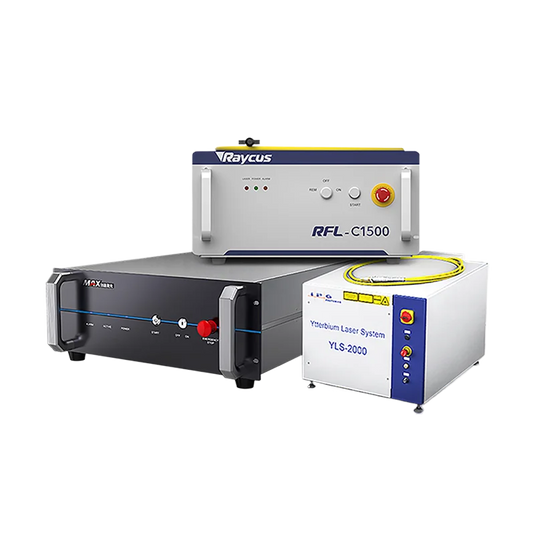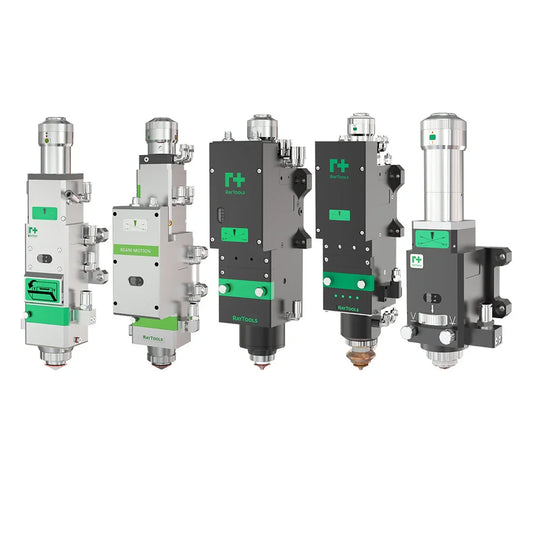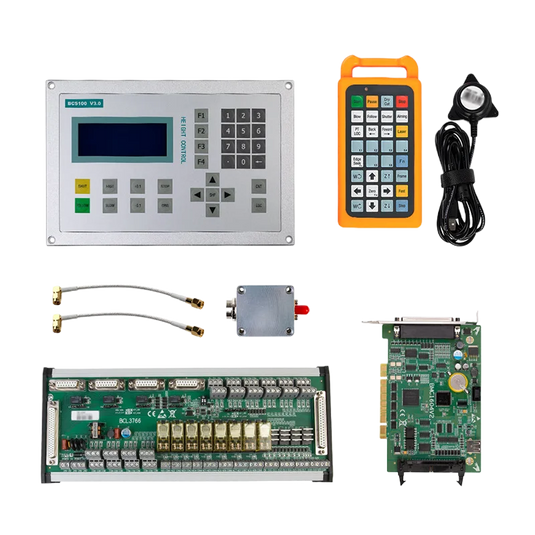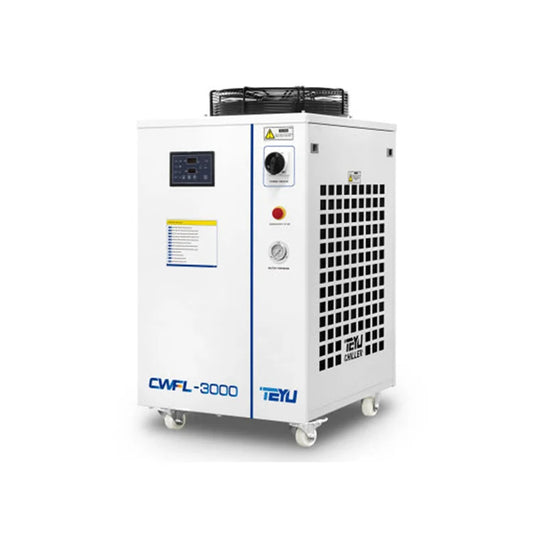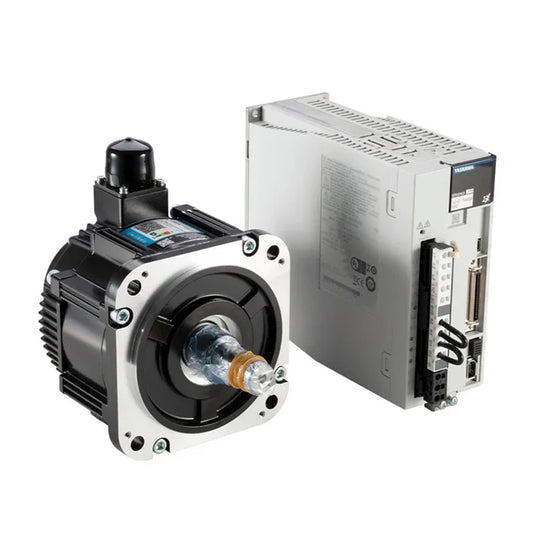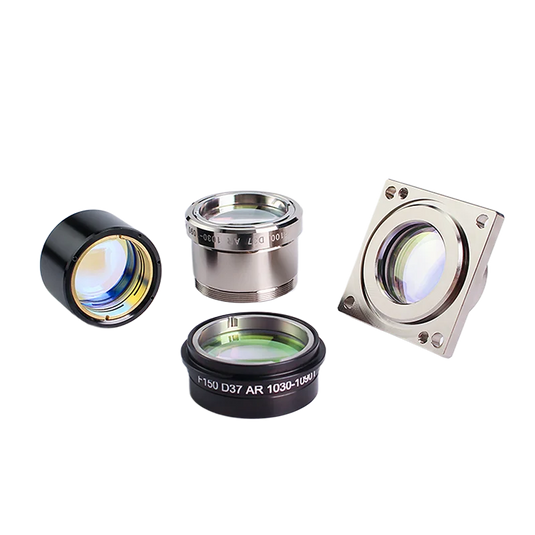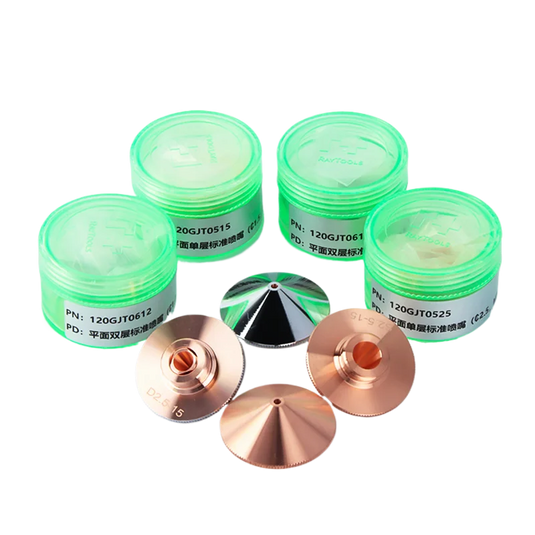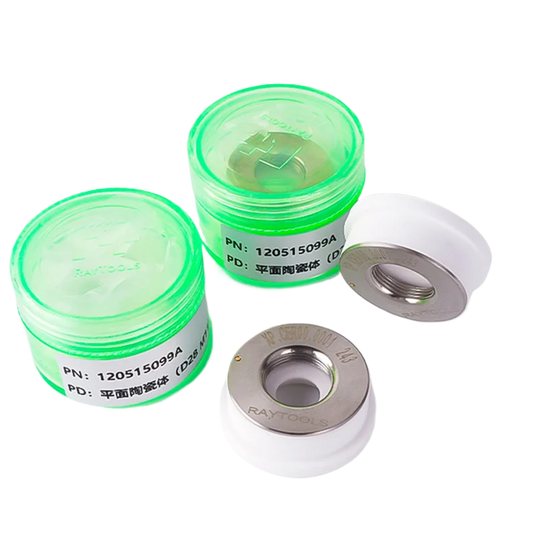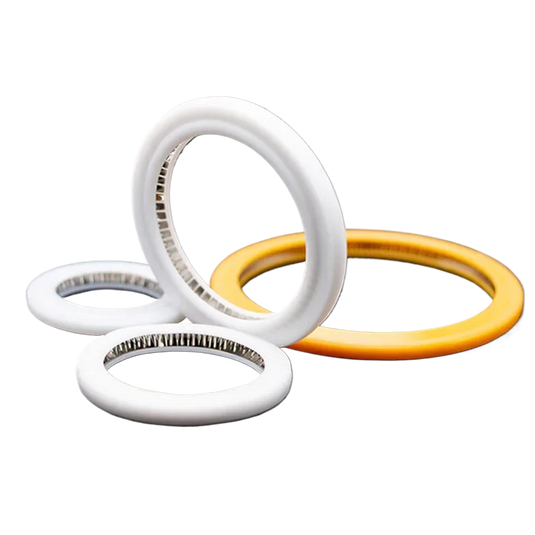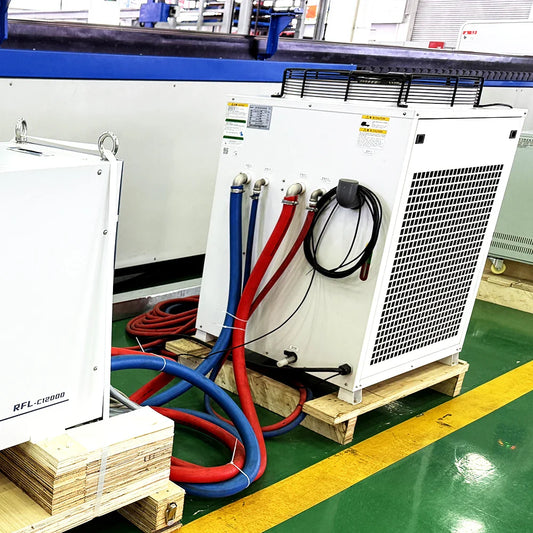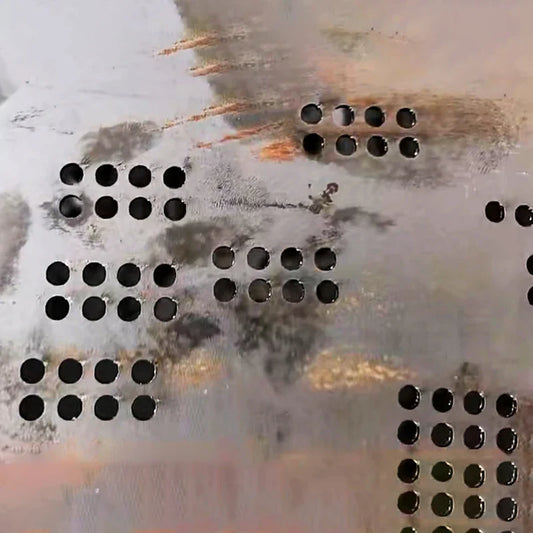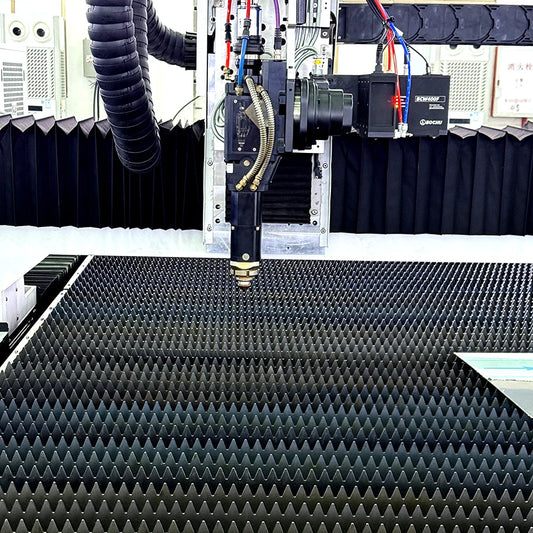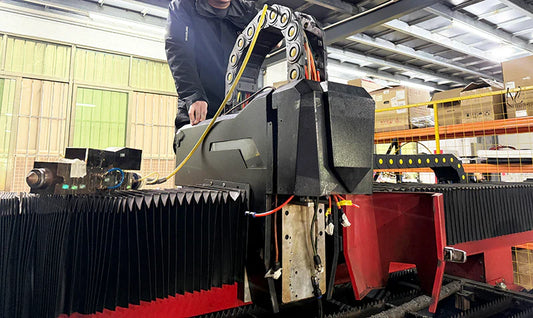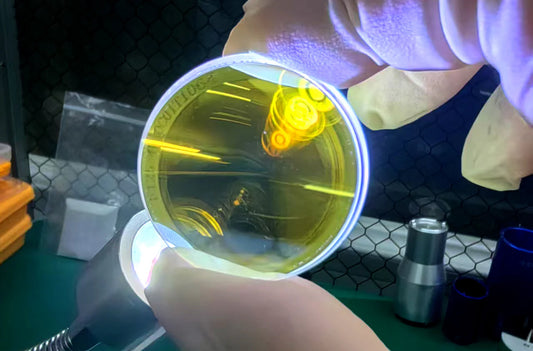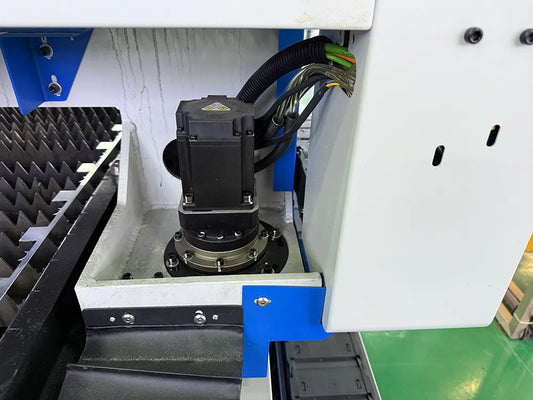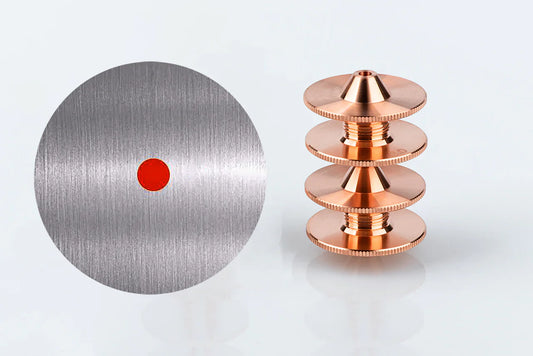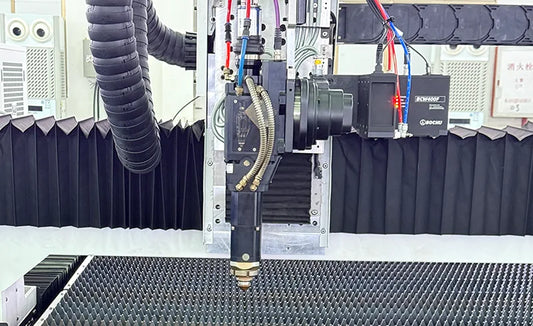How to Choose the Right Laser Cleaning Machine for Your Business
The worldwide laser cleaning industry is expanding at a 22% compound annual growth rate (CAGR) until 2030. As companies prioritize sustainability, accuracy, and worker safety, the need for laser cleaning devices has never been greater. However, with so many models to select from, ranging from little handheld devices to industrial powerhouses, how can you traverse the sea of options? This guide will assist you in making an informed purchasing decision that is aligned with your operating demands, budget, and long-term objectives.
Key Factors to Consider
When selecting a laser cleaning equipment, one of the first things to consider is power. Laser cleaners can range from low-power, entry-level systems rated at 50W to powerful industrial units rated at over 1000W.
-
Low-power devices (50W-200W):
Such as the CP200 portable laser cleaner, ideal for delicate chores like removing car paint or cleaning fragile antiquities. These devices are energy efficient, requiring as low as 1.2 kW/h while maintaining high accuracy. -
High-power systems (500W-1000W):
Such as the 3000W units from Pendstar Laser, suited for heavy-duty applications like rust removal and nuclear reactor decontamination. However, these need a significant initial investment (often $30,000-$150,000). -
Subjective opinion:
While 1000W systems offer speed, they may be excessive for most mid-sized businesses. A machine in the 200W-500W range frequently meets the ideal blend of affordability and adaptability, capable of performing around 80% of cleaning chores across sectors.
Portability: Handheld or Stationary Units
The decision between a portable or fixed machine is based on your workspace and production requirements.
-
Portable laser cleaners (such as CP300 backpack portable machines):
Lightweight and versatile, making them perfect for use in the field, repair shops, or heritage sites. They provide mobility, albeit with minimal automation. -
Stationary systems (such as WH series from Pendstar Laser):
Intended for high-volume production lines, making them ideal for manufacturing operations in aerospace and automotive industries. These systems are bulkier and take up more space, but they can be connected with robotic arms to automate. - Feature Comparison:
- Handheld or stationary, with weights ranging from 20-60kg to 100-500kg.
- Repair shops and historic locations.
- Automotive and aerospace automation.
- Limited robotic arm integration.

Surface Compatibility: Beyond Metal
While laser cleaners are frequently linked with metal derusting, the technology has advanced significantly and now provides solutions for a wide range of materials:
-
Graffiti and stains:
Can be removed from stone and concrete utilizing laser systems with pulse-adjusted settings that do not cause harm. -
Composites:
In industries such as aerospace, low-power lasers keep composite materials like carbon fibre intact while cleaning. -
Painted surfaces:
Specialized lasers can selectively peel paint layers while leaving the underlying substrate intact, making them perfect for companies that need to remove coatings without destroying the base material.
Tip:
Always check the machine's frequency range (e.g., 5-200 kHz) and pulse width (e.g., 2-500ns) to guarantee compatibility with the materials you want to clean.

Industry-Specific Needs
-
Car Industry:
Speed is critical—laser cleaners for the car industry must quickly clean battery components or prepare weld seams. Pendstar's 200W-500W portable laser cleaning machine can process 40% quicker than chemical techniques. -
Aerospace:
Precision is essential in aerospace. Fibre lasers with MOPA technology (such as those from JPT) provide micron-level precision for sensitive jobs like cleaning turbine blades or prepping metal surfaces for coating. -
Art Restoration:
When working with valuable objects, accuracy and non-abrasive cleaning are essential. Systems with adjustable beam widths are ideal for clearing dirt from historical artworks without hurting delicate surfaces. -
Subjective Take:
UV lasers are increasingly being used in niche sectors such as semiconductor fabrication to remove ultra-precise, tiny contaminants. This is a trend that should be properly watched.
Budget Considerations: Leasing vs. Purchasing
Choosing between leasing and purchasing relies on your business strategy and long-term ambitions.
-
Purchasing:
Buying a laser cleaning equipment provides complete asset management and a significant return on investment (ROI) within 2-3 years for mid-sized enterprises. However, the initial investment might be significant ($30,000 to $150,000). -
Leasing:
Leasing allows you to avoid high upfront costs, with monthly installments ranging from $800 to $2,000 and the option to upgrade every 3-5 years. However, in the long run, leasing might be more expensive than buying outright. -
Subjective Take:
Startups may find leasing an excellent way to test workflows and learn the machine's influence on their processes. Established businesses are more likely to benefit from purchasing, as it allows them to take advantage of depreciation tax incentives and save money in the long run.
FAQs about Warranty, Training, and ROI
-
What type of warranty is standard?
Most good manufacturers include a 1-3 year guarantee on the laser and 6-12 months on the components. Consider expanding the coverage in high-usage settings. -
Is training included?
Yes, respectable companies such as Pendstar provide on-site setup and operator training. Avoid providers who charge more for basic training. - What is the ROI timeline?
- Automotive: ROI is often achieved within 12-18 months due to lower chemical and disposal expenses.
- Aerospace: Higher machine expenses will result in a lengthier ROI timeline of 24-36 months.
The Future Of Laser Cleaning
The future of laser cleaning is brighter than ever. With legislative changes hastening adoption and developments in AI-powered systems, we may anticipate laser cleaners to become even more efficient. These clever robots can automatically alter settings for mixed-material cleaning, decreasing human error while increasing efficiency.
Conclusion
Laser cleaning is more than simply a tool; it is an investment in the future of your company. As Environmental, Social, and Governance (ESG) compliance becomes non-negotiable, postponing implementation may result in your company lagging behind. By implementing laser cleaning now, you are putting your company on a path toward sustainability, safety, and efficiency.

